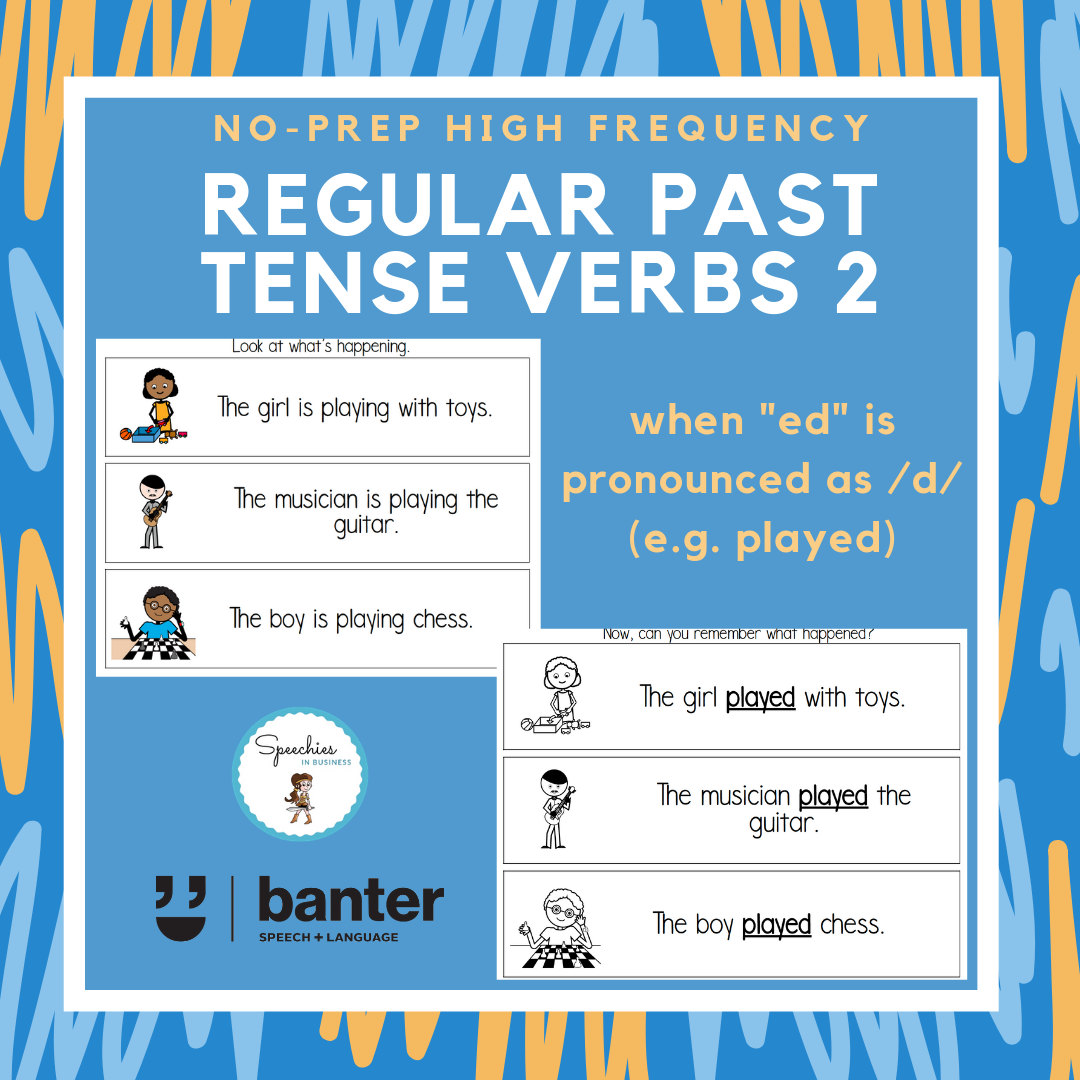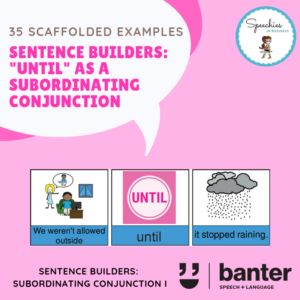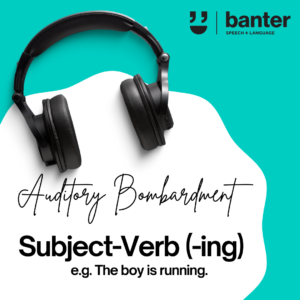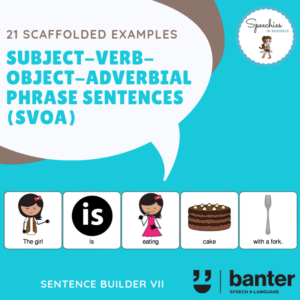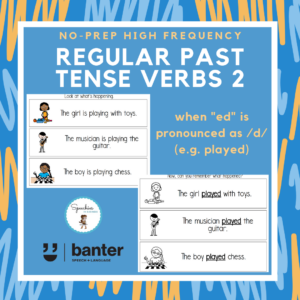(L314) Verbs: Regular Past Tense Verbs 2: when “ed” is pronounced as /d/
$5.99 including GST
This no preparation pack is designed to provide people with structured practice using frequently used regular past tense verbs.
In this 33-page pack, we focus on adding “ed” to verbs ending in voiced sounds, where “ed” is pronounced as /d/.
With both picture cues and orthography, this pack can be used with people of all ages.
Description
At around 48-54 months, typically developing children start to use regular past tense verbs, e.g. stopped, played and lifted. Although these verbs are all spelled with an “ed” at the end, the speech sounds used to signal regular past tense vary:
- Sometimes, the “ed” is pronounced as a /t/, e.g. as in “stopped”, “bumped”, “asked”, “baked”, “hopped”, “liked”, and “walked”.
- Sometimes, the “ed” is pronounced as a /d/, e.g. as in “played”, “called”, “carried”, “rolled”, “opened”, “turned”, “showed”.
- Sometimes, the “ed” is pronounced as an “ed”, e.g. as in “counted”, “lifted”, “shouted”, and “folded”.
Most people learn the past tense form of regular verbs and the pronunciation rules without needing to be taught about them. However, people learning English as a second language and/or people with developmental language disorders sometimes don’t pick up these patterns automatically. In simple terms:
- “ed” is pronounced as /t/ when the sound before it is made without using your voice, e.g. if the base verb ends in an unvoiced sound like /p, s/ or /k/;
- “ed” is pronounced as /d/ when the sound before it is made with your voice “on”, e.g. if the base verb ends in an voiced sound like /b, z/ or /g/; and
- “ed” is pronunced as “ed” (unstressed /əd) when the sound before it is /d/ or /t/ e.g. “dented”, “needed”, “shouted,” and “wanted”.
This no preparation pack is designed to provide people with structured practice using frequently used regular past tense verbs.
In this 33-page pack, we focus on adding “ed” to verbs ending in voiced sounds, where “ed” is pronounced as /d/. With both picture cues and orthography, this pack can be used with people of all ages.
For more regular past tense verbs, see our Regular Past Tense Verbs 1: when “ed” is pronounced as /t/ and Regular Past Tense Verbs 3: when “ed” is pronounced as /əd/.

